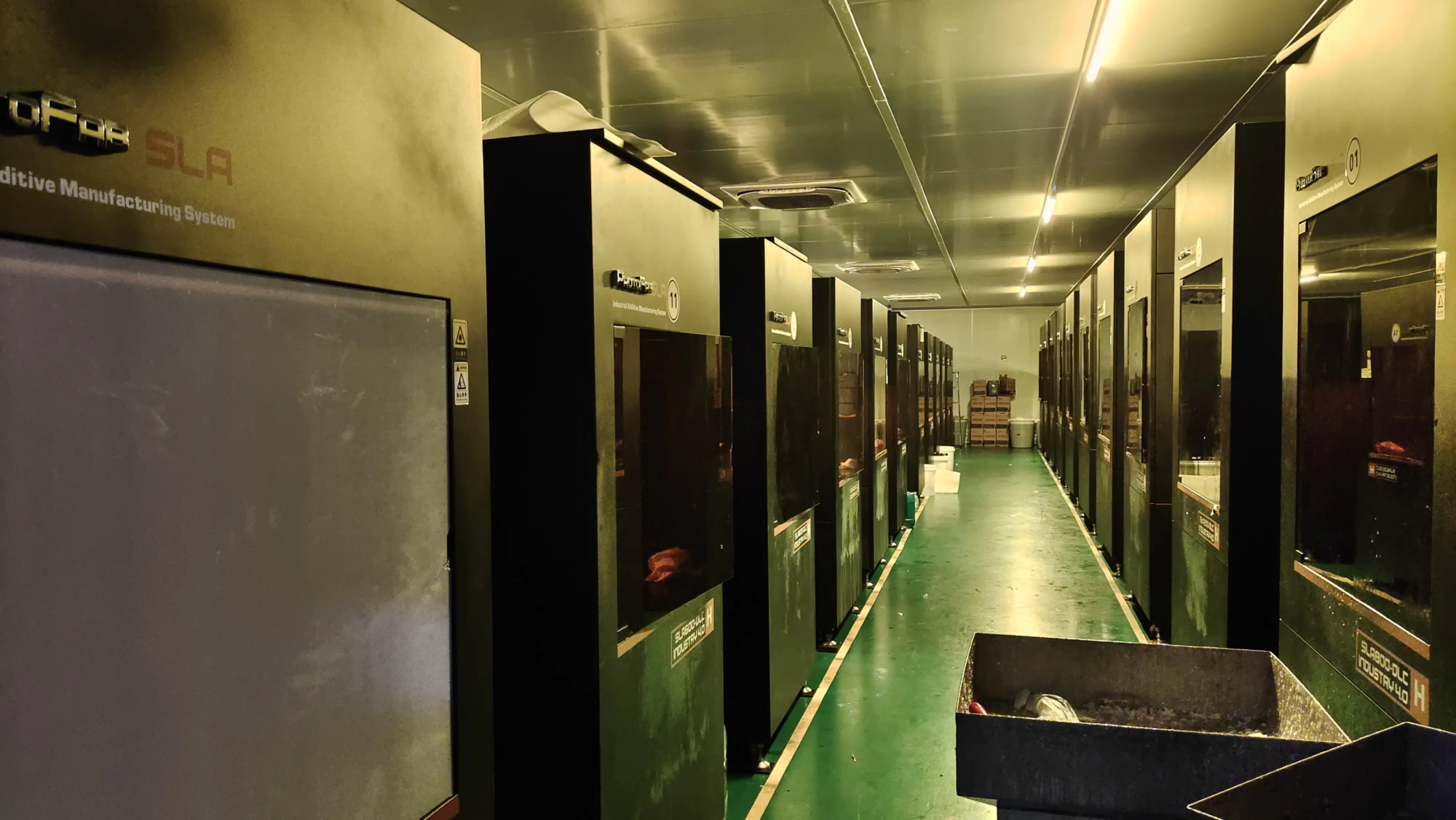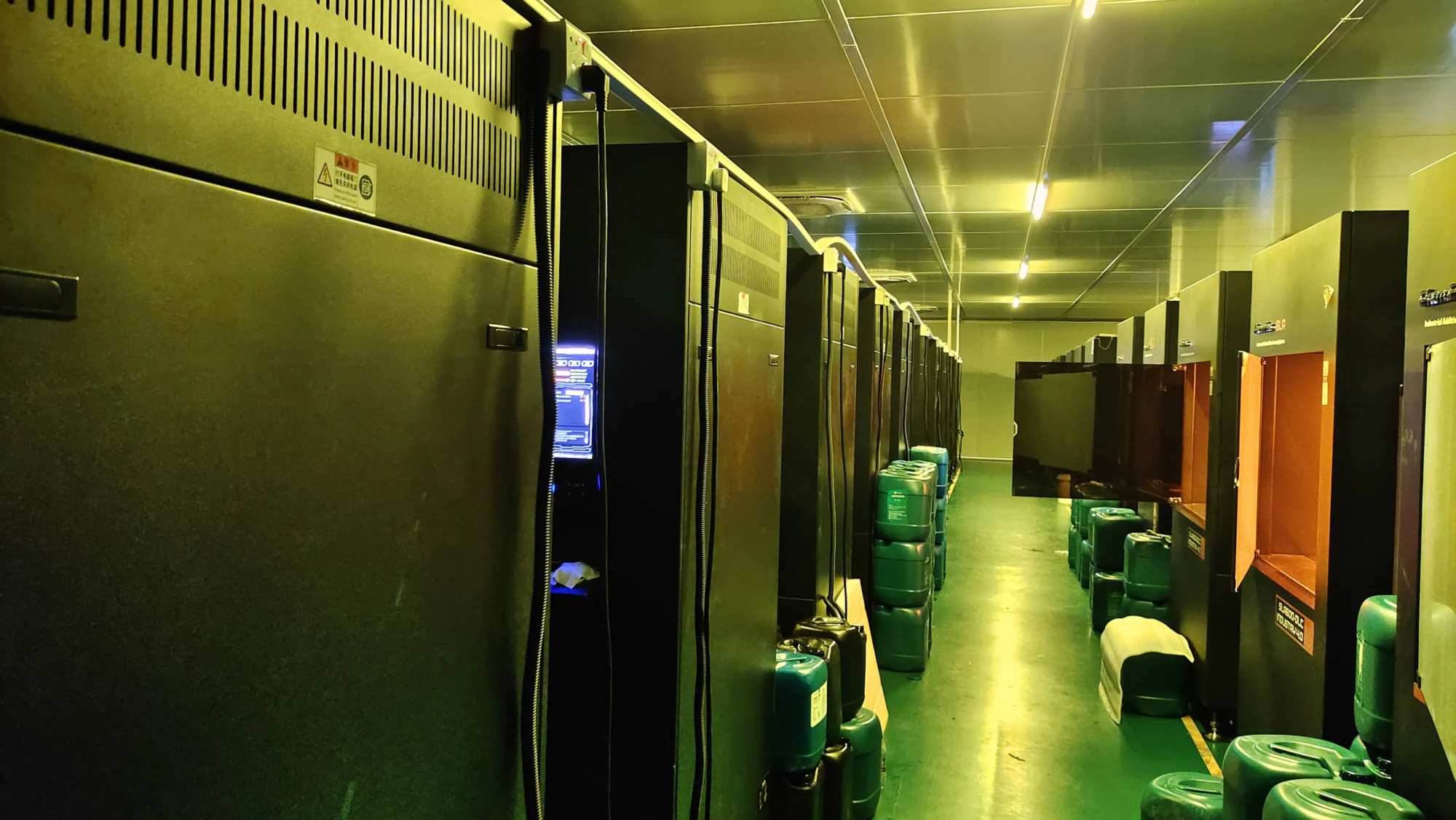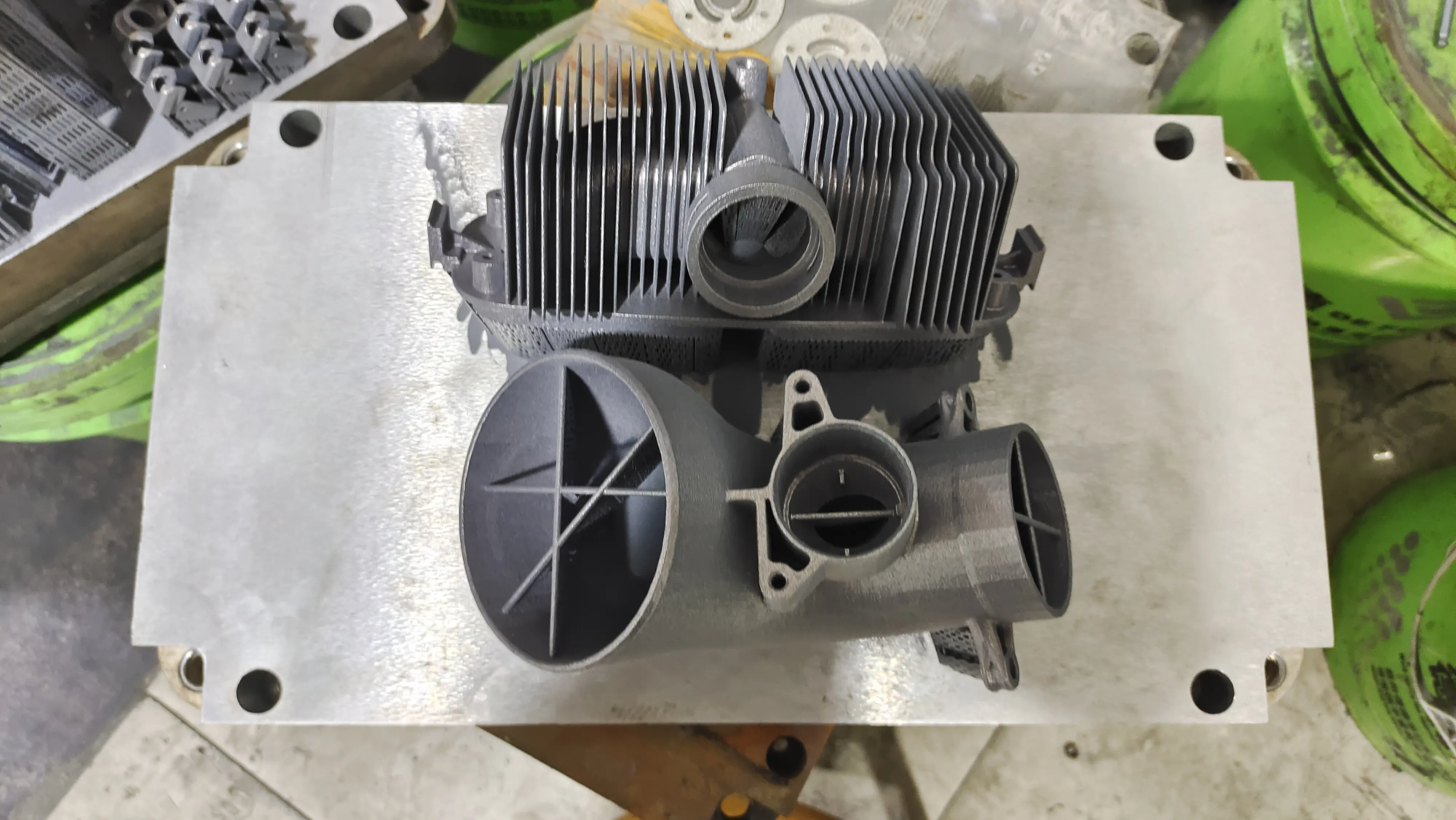Introduction to 3D Printing Compensator and Fosscad Community
The world of gun customization has been completely transformed by 3D printing, and compensators (reduced recoil and muzzle climb) are at the forefront. For amateurs and engineers, the Fosscad community, an open source collective focused on gun components, provides innovative designs and resources. However, creating a functionally durable compensator requires more than just a desktop FDM printer. This guide delves into the science of 3D printed compensators, from design principles to advanced manufacturing, while addressing critical safety and regulatory considerations.
The Science Behind Compensators: How They Work
The compensator redirects the propellant gas to offset the recoil. Key design elements include:
- Gas expansion chamber: Slow down the gas to increase pressure.
- Drive angle: Push the muzzle downwards to reduce climbing.
- The geometry of the baffle: Internal structure controls the airflow mode.
Fosscad repositories such as Gatalog provide an optimized blueprint for FDM printing (PLA+, PETG). However, these polymers have limitations:
- Thermal degradation of continuous firepower (>200°C).
- Reduce tensile strength under high pressure loads.
This is where metal 3D printing will change the feasibility.
Metal 3D Printing: Game Changer for Function Compensator
SLM (Selective Laser Melting) Technology Lightweight, complex geometric shapes are not possible through traditional machining. Gremplying uses industrial-grade SLM printers to solve key challenges:
Material Advantages:
- Stainless steel (17-4 pH): High yield strength (1,100 MPa) and heat resistance (up to 600°C).
- Aluminum alloy (ALSI10MG): 50% weight loss with steel, perfect for portability.
- Inconel 718: For extreme temperatures (e.g., fully automatic applications).
Precision Engineering:
- Dimensional accuracy of ±0.1 mm is used for consistent threads (e.g., 1/2×28).
- Optimized internal channels are simulated by CFD to maximize the dispersion of gas.
- Post-processing reliability:
- Pressure relief annealing to prevent rupture.
- Shooting resistance to fatigue.
- CNC-machined thread taps for perfect hole alignment.
Greatlight’s one-stop service ensures prototypes are transferred from CAD to range within 72 hours.
Design for Success: Fosscad Best Practices
- Geometric optimization:
- Avoid acute angle: The stress concentration accelerates failed. Use rounded edges (minimum radius: 1.5mm).
- Wall thickness: FDM ≥3mm; SLM metal ≥1.5mm.
- Trim pressure curve:
- 7–15° exhaust angle balance recoil reduction and debris kick.
- The chamber volume of each Pozzleport theorem should be 25–30% of the barrel volume.
- Safety Testing:
- Initial life tests were performed using remote triggers and ballistic buckets.
- After 50 rounds, check the cracks using dye penetrant.
Why polymers are not enough: Safety argument
Although Fosscad’s PLA+ design can be used for low volume use, Metals are not commercially reliable:
- PLA+ softens at 60°C, equals 10 rounds.
- Metal SLM parts lasted more than 5,000 times without deformation.
- Regulatory Note: In many areas, polymer inhibitors are illegal; compensators require "Eternal" Materials (e.g., ATF rulings "Intent to use").
in conclusion
The 3D printing compensator reflects the synergy between open source innovation and advanced manufacturing. While the DIY FDM project provides accessibility, functional guns require the durability and accuracy of SLM printed metal components. Greatlight’s expertise in rapid prototyping, from topologically optimized design to certified materials science, ensures that the compensator is safely executed in the real world. As the Fosscad ecosystem grows, responsible manufacturing remains crucial: pushing boundaries without compromising safety.
FAQ: 3D Printing Compensator
Question 1: Is 3D printing compensator legal?
A: Compensors are usually not regulated (unlike suppressors), but the laws vary by country. In the United States, polymer design may cause conditioning scrutiny "Easy to convert" Suppress components. Always consult local laws.
Q2: Can I print the compensator in PLA?
A: PLA is not safe due to low melting point and brittleness. Only use PLA+ for FDM testing prototypes. To use the function, the metal printed by SLM is mandatory.
Q3: How does SLM improve compensator performance?
A: SLM uses internal lattice structure to create integral parts, thereby improving gas redirection efficiency up to 40% compared to milling compensators. The selection of substances such as titanium further increases the strength to weight ratio.
Q4: What is the typical lead time for metal 3D printed parts?
A: Greglight provides SLM printing compensators within 3-5 days, including post-processing. Complex designs can take 7 days to optimize.
Q5: How to make sure my design is manufacturable?
A: Follow Fosscad’s design guidelines and work with manufacturers as early as possible. Greatlight offers free DFM (for manufacturing design) analysis to solve problems such as warpage or pressure points.
Question 6: Can you copy the Fosscad compensator design?
A: Yes, Greglight legally manufactures user-extracted designs for non-restrictive components, provided that the customer confirms ownership/license. All projects are kept confidential.
Precise cooperation
Greatlight combines Fosscad’s creativity with industrial SLM 3D printing, CNC machining and strict QA. From prototype to production, we make sure your compensator exceeds ballistic requirements and thus is, legal and affordable. Please contact us for a free quote for your next project.





